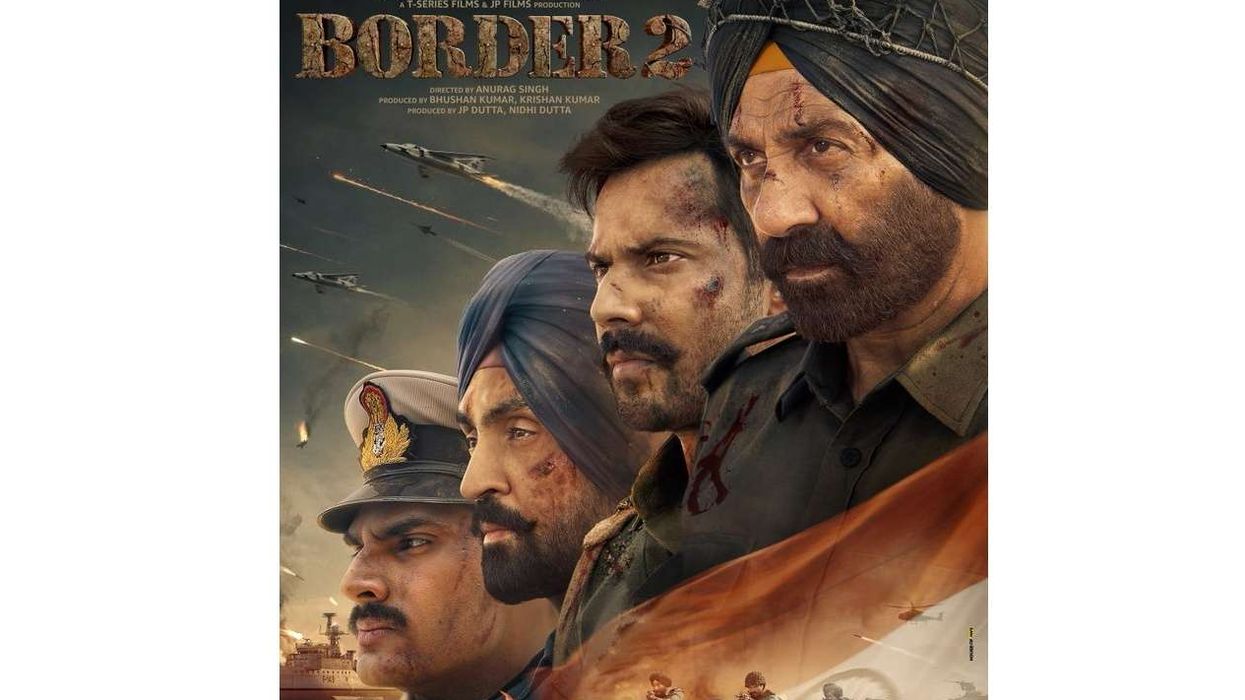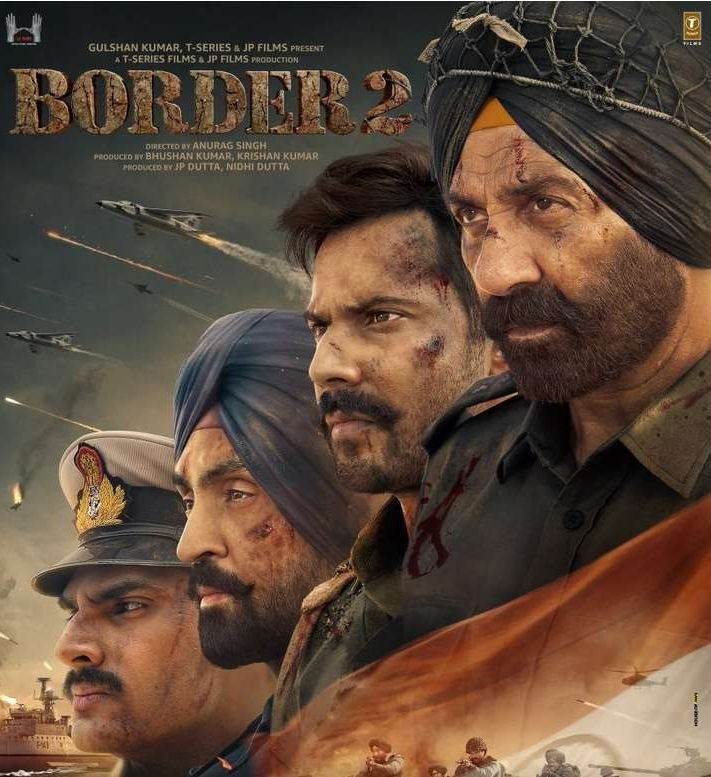Bhangra dominated the British Asian party scene for decades and then it all changed with the rise of Bollywood club nights, which have now become more popular.
Hindi film music-led parties happen all over the UK every week and one of the lead organisers is Bollywood-themed events company Bombay Funkadelic, which was set up by Jaspreet P Bajaj in 2005.
The die-hard Bollywood fan has turned her passion for Hindi music and movies into a successful business offering diverse events.
Eastern Eye caught up with Jaspreet to find out more about the rise of Bollywood party nights and her forthcoming events.
What first got you connected to organising parties?
In 2001, I was freelancing as a Bollywood writer-researcher. At that time, the Bollywood party scene had only just kicked off in London. I was asked to create a Bollywood quiz night, which was a hit. Spotting the demand, I set up Bombay Funkadelic and started hosting Bollywood quiz and karaoke nights, but later shifted to monthly club nights.
How would you describe your journey with Bombay Funkadelic?
The journey has been life-changing. What began as a hobby eventually turned into a full-time career. I never thought I’d be an entrepreneur and run my own business. It’s an achievement I’m proud of. Now everyone knows me as the go-to person for an authentic, bespoke fun Bollywood-themed party.
Tell us about the various parties you organise?
I organise two Bombay Funkadelic club nights in London each month. I promote and host these parties along with DJ Shai Guy who has been Bombay Funkadelic’s resident DJ and co-host for 10 years. I also organise Bollywood-themed private and corporate parties throughout the year, including engagements parties, birthdays, anniversaries, gala dinners, product launches, Bollywood movie releases, Diwali, Eid, Christmas celebrations, and more.
What is the biggest challenge of organising a great party?
The single largest challenge in London right now is securing venues. While there are a wide variety of locations, not all allow ticketed parties or can cater for large numbers.
What according to you makes for a great party?
Having a fun, relaxed atmosphere is key. Good music, a nice selection
of food and drinks, plus a welcoming host. There’s nothing worse than a party where the music is outdated or guests look bored. Location with good transport links is also crucial.
How do you set yours apart from other Bollywood nights?
Our team tries to give Bombay Funkadelic parties a personal touch. We greet guests and get on the dance floor with them. Shai is great at playing music requests, one of the few DJs who do on the Asian club scene. More recently, we’ve introduced themes into our parties, so that guests can have fun dressing up. We have many regulars who attend our parties, which must be a sign we’re doing something right!
What has been the most memorable party you have organised?
Our very first Big Bollywood Boat Party on the Thames four years ago. Boats are expensive to charter and tricky to manage, particularly when you have 250 merry guests sailing from Westminster to Greenwich. It was a mission trying to get people to turn up to the pier on time! Our boat parties have since become a very popular annual fixture.
Tell us, what do you have on the way in August?
We get requests for daytime and outdoor parties, so we’re trying to offer both elements. On August 10, we have Summer Sundown at Anise Bar, offering live music outside on the terrace from 8 pm, followed by a DJ-led party in the bar till 3 am. On August 25, we head to Pitch in Stratford, East London for Bollywood Summer Fest II. That’s an all day party from 3-10 pm with live music, DJ sets, outdoor cinema, street food, carom and ping pong. There’s also an after party running till 2 am.
Why do you think Bollywood-led parties are so popular?
Bollywood movies and music have been popular among the Asian diaspora. Whether you’re British-born or a non-resident Indian, Pakistani or Bangladeshi, we all enjoy listening and dancing to film songs. They keep us linked to our culture in a fun, accessible way. Plus, Bollywood parties give you a damn good workout!
Why do you love what you do?
Bombay Funkadelic allows me to be creative, public-facing and flexible in my work and personal life. I enjoy socialising, hosting and anything to do with Bollywood, so it’s the perfect fit for me. You can see how much fun it is by checking out the party photographs and videos on our website and social media platforms.
www.bombayfunkadelic.com





 Border 2 teaser set for Vijay Diwas as Sunny Varun Diljit lead new poster Instagram/tseriesfilms
Border 2 teaser set for Vijay Diwas as Sunny Varun Diljit lead new poster Instagram/tseriesfilms 





